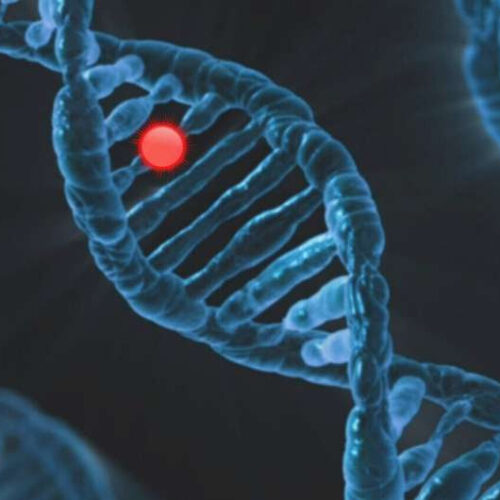Integrated evaluation of the antimiR’s therapeutic potential. Credit: Science Advances (2024). DOI: 10.1126/sciadv.adn6525 A team of researchers has identified a promising therapy based on antimiRs to treat myotonic dystrophy type 1 (DM1), a complex genetic disorder caused by an abnormally high number of CTG repeats (a specific type of RNA sequence) in the DMPK gene. The results...
Tag: <span>myotonic dystrophy</span>
Myotonic dystrophy: Mouse model shows that GABA receptors are implicated in sleepiness
by Emory University Credit: Unsplash/CC0 Public Domain People with the inherited disorder myotonic dystrophy (DM) often experience excessive daytime sleepiness and fatigue, as well as altered responses to anesthetics that can put them at risk for complications when hospitalized. Emory researchers, in collaboration with colleagues at Columbia and University of Florida, now have evidence from...
Organoids reveal similarities between myotonic dystrophy type 1 and Rett syndrome
by University of California – San Diego Credit: Pixabay/CC0 Public Domain Myotonic dystrophy type 1 (DM1) is the most common form of muscular dystrophy, characterized by progressive muscle wasting and weakness and caused by abnormally repetitive DNA segments that are transcribed into toxic molecules of RNA. Instead of ferrying a gene’s instructions for translation into proteins,...
Regular cycling helps patients with myotonic dystrophy
Regular cycling can greatly improve mobility in patients with myotonic dystrophy (MD), a genetic disease that causes muscle degeneration, a study led by McMaster researchers finds. Cycling for 35 minutes, three times a week, for 12 weeks led to a 32-per-cent increase in overall fitness in people with MD, senior author Mark Tarnopolsky says. Patients who took part...


